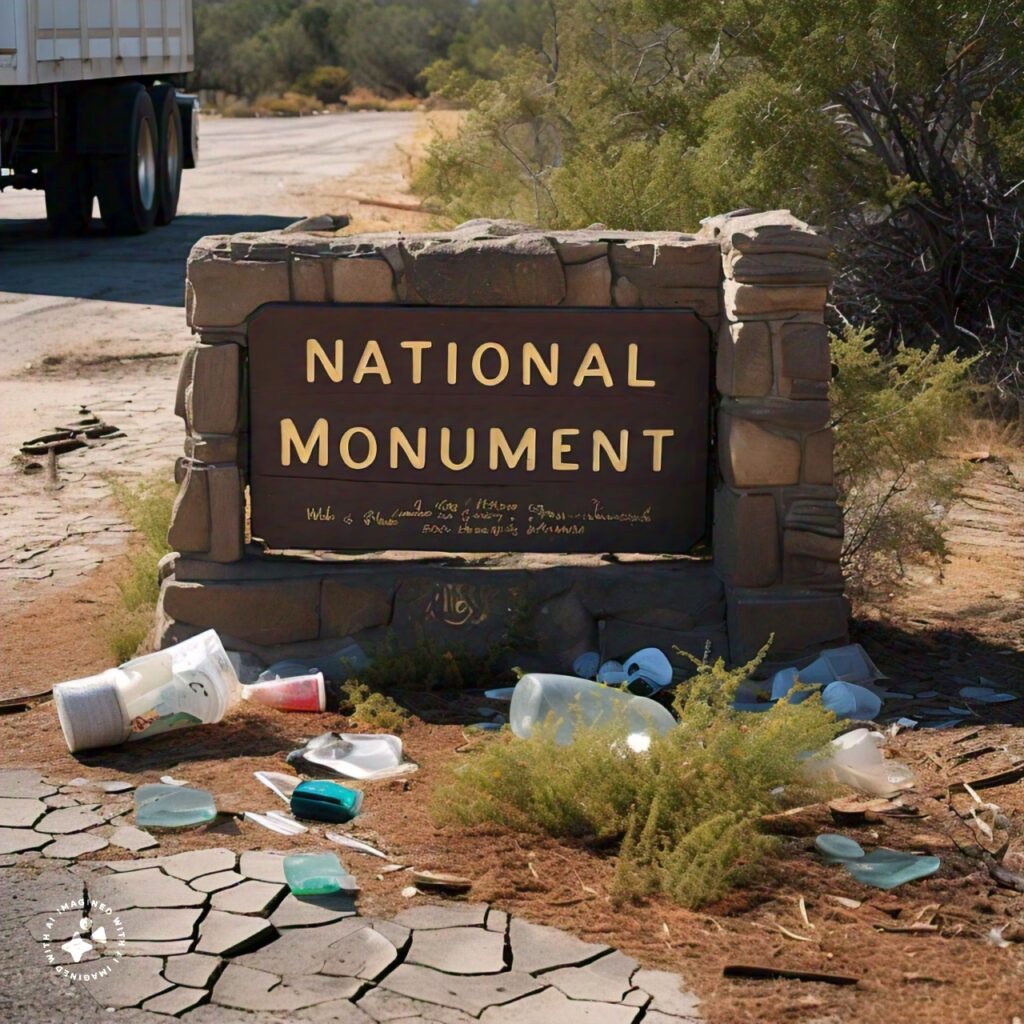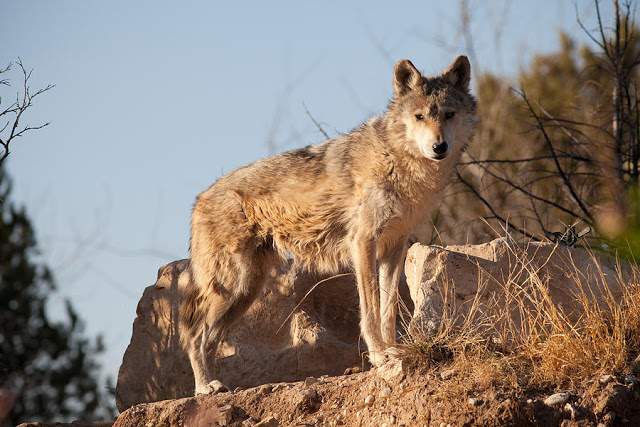The Problem with National Monuments

Healthy Forests, Healthy Communities
President Joe Biden recently signed an executive order adding 105,919 acres of National Forest System land to the San Gabriel National Monument.
According to a statement by the White House, the lands added to the San Gabriel Mountains National Monument “contain spectacular cultural, geological, and ecological resources. A diversity of animals, birds, reptiles, and other wildlife, including numerous sensitive, threatened, and endangered species, live among the unique geological and ecological features of the area, including its unusual canyons, chapparal and coastal sage scrub lands, riparian woodlands, and conifer forests.”
The San Gabriel National Monument is also one of six places the travel magazine Fordor urged readers not to visit in 2024, saying the monument is overwhelmed with trash and graffiti.
What was intended to be the “crown to the Valley of Angels,” the living monument of chaparral, oak and conifer trees as well as numerous picnic, camping and fishing sites, has become “covered in trash, tagged with graffiti, and (is) posing an increasing threat to nature,” according to the magazine.
Even after monument status was bestowed in 2014 by President Barack Obama, the area, along with the entire 700,000-acre Angeles National Forest, was left in the hands of the U.S. Forest Service to manage. But the U.S. Forest Service, under the U.S. Department of Agriculture, did not get an allotment of dollars for the designation. Instead, the USFS must rely on corporate donations and the yeoman’s work of volunteer groups to maintain and manage the monument.
Recent publicity highlighted a portion of the monument at the East Fork of the San Gabriel River, which in the summer became inundated with people who left behind diapers, food wrappers and even mattresses. In a recent article in this newspaper, the USFS said it did not have enough money or resources to repair large portions devastated by storms and overuse, resulting in closure of more than 38% of the campgrounds.
Most Americans probably think a national monument designation ensures special protection and resources for public lands. Too often they add more layers of bureaucracy on top of land management, while shutting out local communities and making active management and other multiple uses of public lands more costly and prohibitive.



